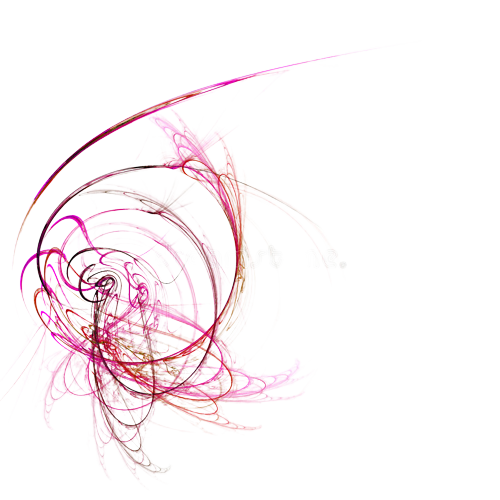What are the two types of angiogram?
Types of angiography
- coronary angiography – to check the heart and nearby blood vessels.
- cerebral angiography – to check the blood vessels in and around the brain.
- pulmonary angiography – to check the blood vessels supplying the lungs.
- renal angiography – to check the blood vessels supplying the kidneys.
Can I delay angiogram?
One-third of those undergoing angiography are delayed >72 hours. Longer delays were more likely with higher risk, sicker patients. These delays were associated with adverse outcomes at six months. Very long delay was associated with lower MACE, but not mortality, compared to conservative management.
What is the duration of angiogram?
Angiography is done in a hospital X-ray or radiology department. It usually takes between 30 minutes and 2 hours, and you can usually go home the same day.
What are the types of angiogram?
Types of Angiograms
- Computed Tomography Angiography.
- Coronary Angiogram.
- Digital Subtraction Angiography.
- Magnetic Resonance Angiography.
- Pulmonary Angiogram.
- Radionuclide Angiogram.
- Renal Angiogram.
Is an angiogram the same as a heart catheterization?
An angiogram is an x-ray test that uses a special iodine contrast dye and camera (fluoroscopy) to take pictures of the blood vessels. When it is used to visualize the heart arteries, is called a coronary angiogram or cardiac catheterization.
Why would a doctor order an angiogram?
Why it’s done Your doctor may recommend that you have a coronary angiogram if you have: Symptoms of coronary artery disease, such as chest pain (angina) Pain in your chest, jaw, neck or arm that can’t be explained by other tests. New or increasing chest pain (unstable angina)
Should I be worried about having an angiogram?
Angiograms are generally safe, complications occur less than 1% of the time. However, there are risks with any test. Bleeding, infection, and irregular heartbeat can occur. More serious complications, such as heart attack, stroke, and death can occur, but they are uncommon.
Is angiogram considered surgery?
Angiograms (with or without balloon angioplasty/stenting) are considering outpatient procedures and patients usually go home the same day. After the procedure, expect 4-6 hours of bed rest to avoid bleeding at the artery access site.
Are angiograms urgent?
If you’re having a major heart attack, you’d be brought directly to the cardiac catheter lab to have an angiogram as part of an urgent angioplasty procedure. An angiogram and angioplasty can often be performed together if you need urgent treatment.
Is angiogram an emergency?
In some cases, coronary angiograms are performed on an emergency basis. More commonly, though, they’re scheduled in advance, giving you time to prepare. Angiograms are performed in the catheterization (cath) lab of a hospital.
